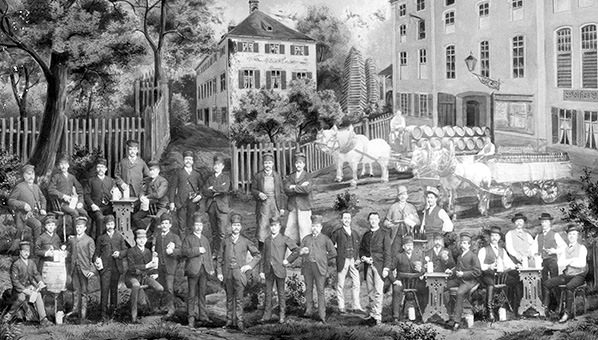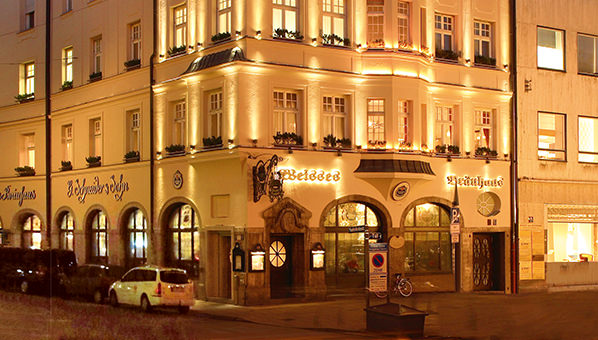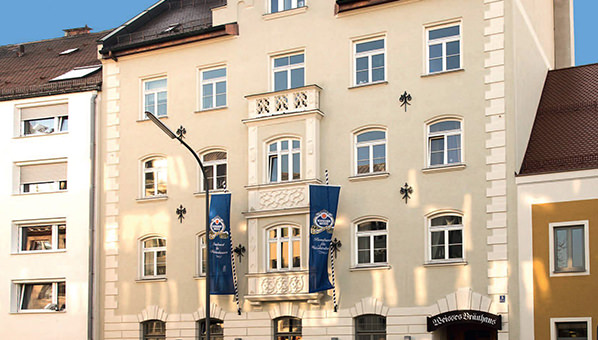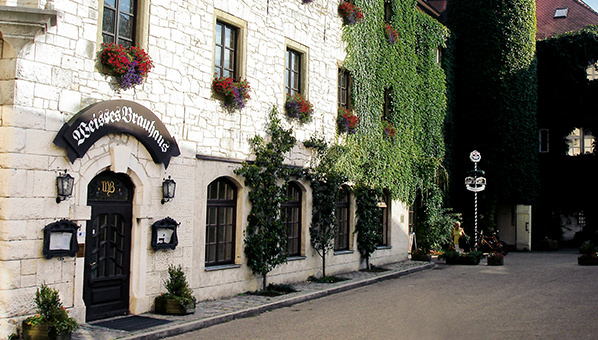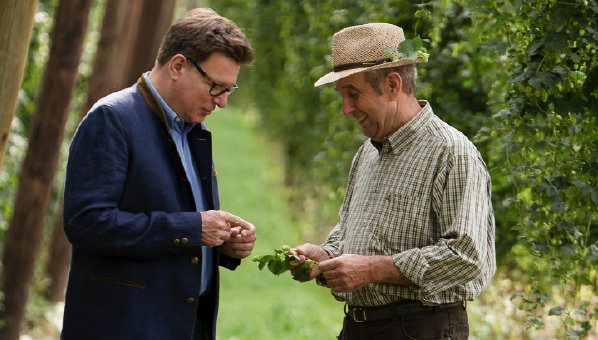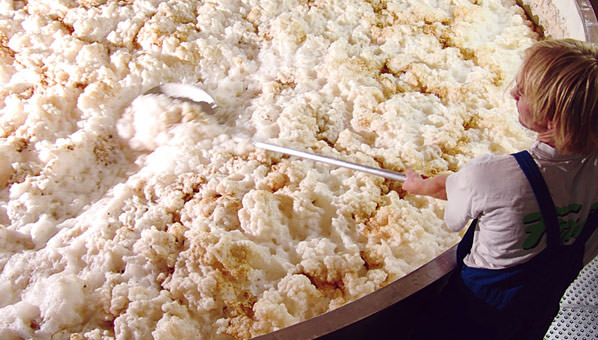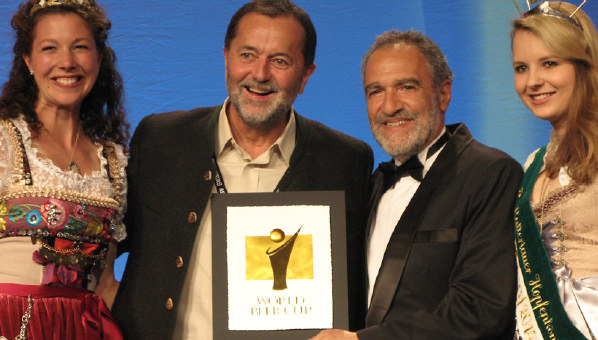Our Oktoberfest A to Z continues.
Today: "K" as in "Knot" ...
Let's start with the basics: The term "Dirndl" is a diminuitive form of "Dirn" – an Austro-Bavarian variant of the High German word "Dirne", meaning "young girl". It describes the typical women's Oktoberfest outfit, consisting of a formfitting, often broided dress, a décolleté blouse and a decorated apron.
What only few people know, however: the Dirndls that you are likely to see on the Oktoberfest have very little to do with alpine traditions. Only at the turn towards the 20th century more or less imaginative traditional gawns became popular in urban centres, worn by wealthy citizens as convenient yet "exotic" clothing for the summer vacation. For the rural population this pseudo-rustic attire was not only far too expensive, but also simply impractical for everyday work routines - just try to tidy out a stable or milk a cow wearing a tight dress. Only very slowly the Dirndl fashion spread through the alpine countryside in the course of the 20th century as a festive wardrobe, whereas the big boom for Dirndl&Lederhosen on the Oktoberfest even just started a few years ago.
